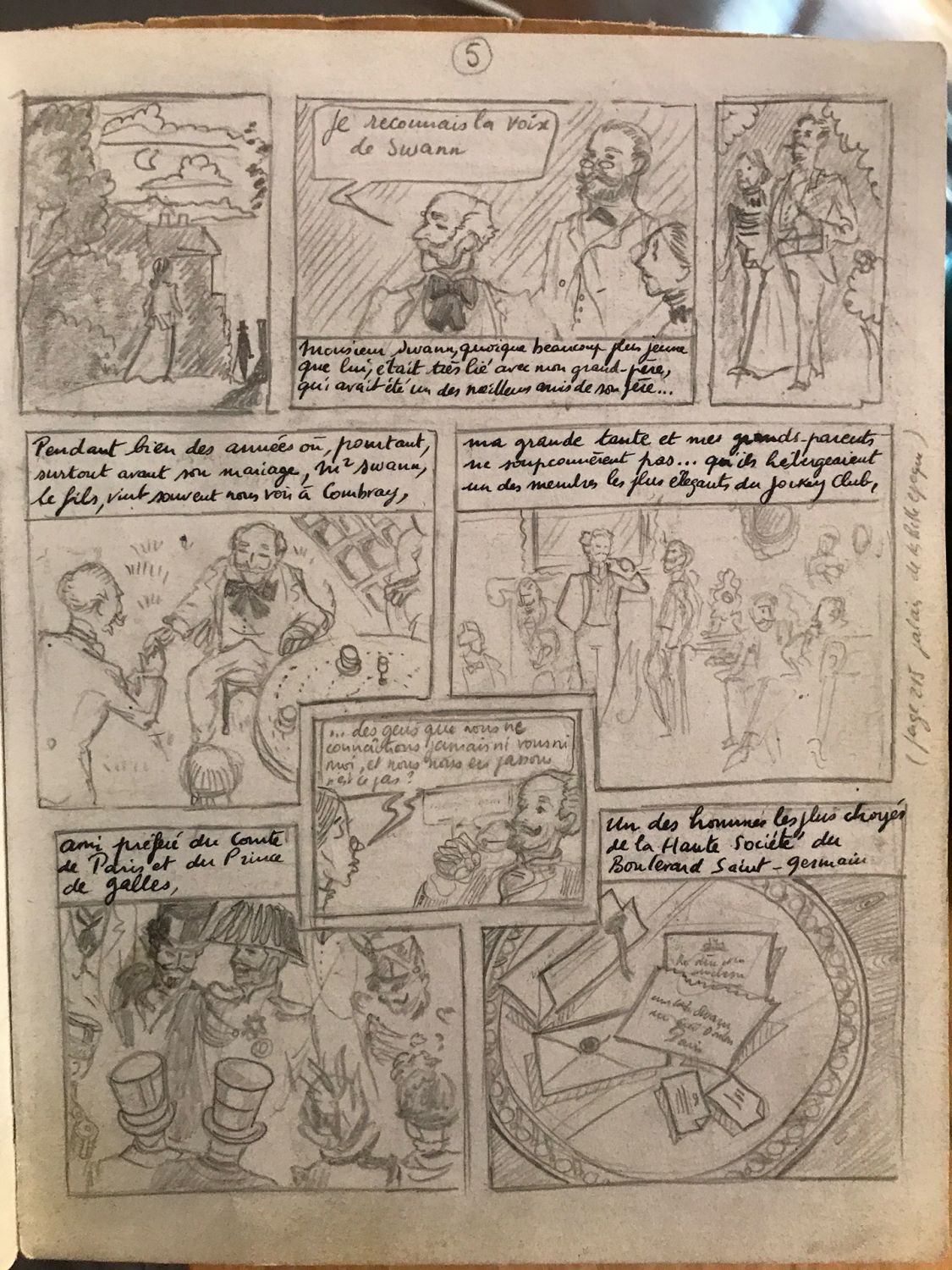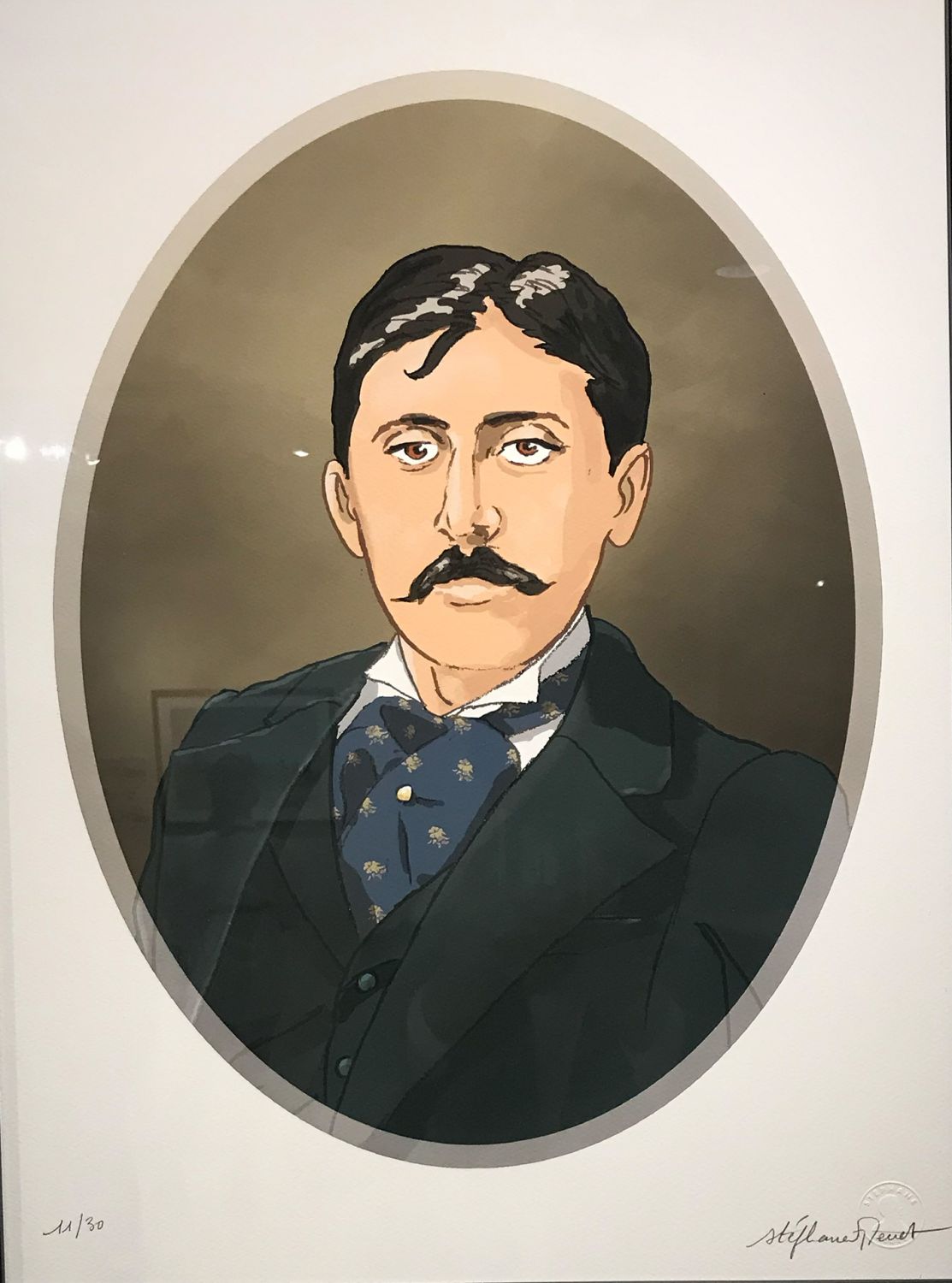Catch until November 5 the exhibition of Stéphane Heuet's revered illustrations of Marcel Proust's novel that catapulted a newfound appreciation of France's beloved literary genius
Presented by the Embassy of France to the Philippines and Micronesia, in partnership with Alliance Française de Manille (AFM), the exhibition "Marcel Proust: In Search of Lost Time" featured enlarged illustrations by French visual artist Stéphane Heuet lifted from his graphic novel adaptations of Marcel Proust's In Search of Lost Time. In celebration of the 75th year anniversary of the French-Philippine diplomatic relations, the exhibition at AFM opened last October and was attended by Heuet himself who gave a roundtable discussion on Proust and his own creative process of illustrating the said literary masterpiece.

Heuet shared that in creating the illustrated adaptation of In Search of Lost Time, he took a close look at the visual transcriptions of the text. By taking on the role of the novel's narrator (the main character), Heuet captured the essence of Proust's mind as well as his perspective on the social realities of France at the turn of the 20th century.
Read also: 6 New Filipino Books to Read Before the Year Ends








